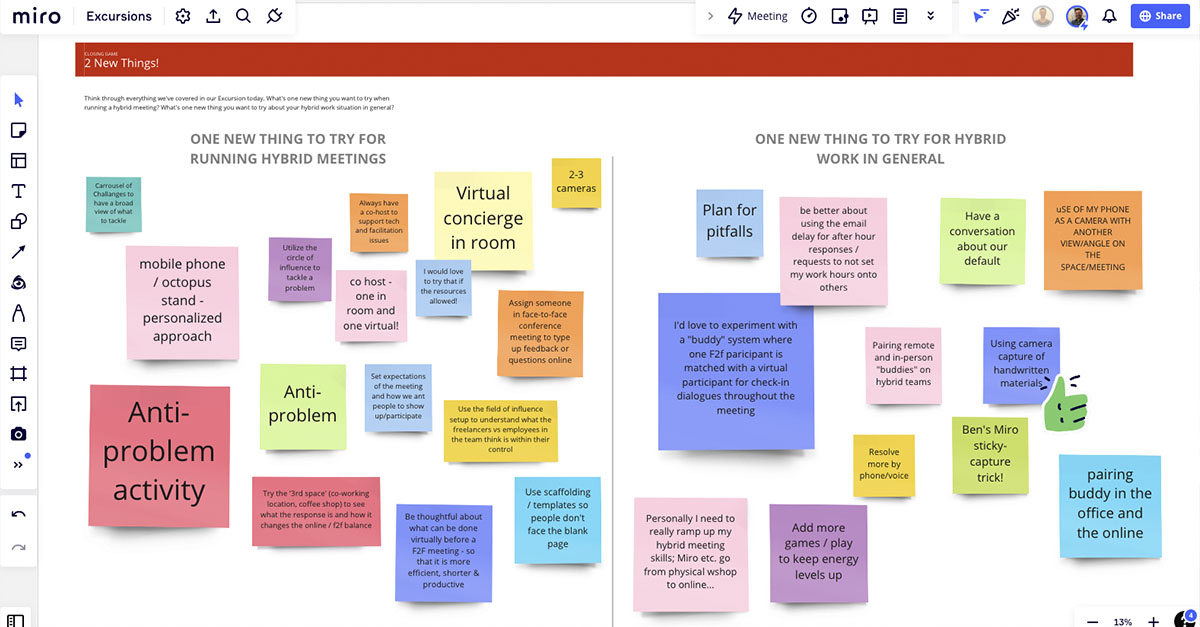We've all been adapting to a lot of change lately.
This is something that nature is familiar with. It comes as no surprise to you that climate change has been putting pressure on some flora and fauna in the more sensitive areas of our planet. And if nature does nothing else, it adapts. A curious example: the Pizzly Bear:

The Pizzly Bear - Photo from New York Post
No, this is not a hoax! Melting sea ice has forced polar bears to venture more inland, where some of them have - ahem - been getting busy with other bears in those areas. This hybrid of a polar bear and a grizzly bear was first spotted in the wild in 2006. It's been studied and found to be "more resilient to climate change and better suited for warmer temperatures"
How have you adapted to hybrid?
The pandemic catalysed a lot of changes to our ways of working, and the changes are happening still. This has caused all sorts of Pizzly Bear-style adaptations. Some have been short-term and reactive, some more long-term and measured. Some haven't gone so well, while others have improved things at both home and the office.
One thing's for sure: there's no one-size-fits-all solution to adapting to the new (new new?) normal of how (and where) we work. It's always going to be best for a team to work it out together, as a team.
Gamestorming Excursions
This was the big driver behind the "Excursion' workshops that Dave Mastronardi (of Gamestorming fame) and I have been running. They help teams get "hybrid-happy', showing people a workshop-style remedy they can use with their own teams to work out how best to adapt, using a mix of Gamestorming games and other activities.
I thought it'd be useful to look back over all the Miro boards that all the groups have generated, and show you the top takeaways that people want to try.
The 99 problems of hybrid work
Firstly, let's take a look at just a small collection of the zillions of problems that attendees said they experienced with hybrid meetings (that clunky mix of in-person and online activity) and hybrid work in general:
- Meetings are just so much more COMPLICATED. Focusing on the outcomes of meetings gets really hard when juggling different software, patchy internet connections, and trying to have conversations about content that's spread across so many systems.
- It's hard to get the whole team together. There's a massive trade-off between giving team members flexibility about when to be in an office or not, and collective presence.
- Sooooo many distractions. Trying to get (and keep!) a group's focus on one conversation or task together is really hard, when everyone seems to be at the mercy of so many individual distractions. Oh, and all it takes is for one person's internet service to drop and the whole meeting is affected. With so many distractions and complications, it becomes all too easy to detach and disengage.
- IT departments ban modern collaboration software. This was a big one. Many participants said that their IT departments dictated what software they can and can't use ("Oh sorry, we're not allowed to use Miro"), so there is a lot of potential extra productivity being held back. Related:
- Meeting rooms aren't optimised for hybrid. Seating is optimised for everyone being in the room, which causes issues all over the map, such as in-person meeting attendees forgetting about the online attendees.
- If you're remote, you're not as important. In a hybrid working world, it can be a danger that people who work remotely are treated as sub-standard. Nobody wants this to happen, but it does. It's just much easier to have a bit more face-time with the boss on the way out of that in-person meeting; something that online attendees can't do.
- Germ anxiety. It's almost palpable. Everyone in an office feels a sharp sting of stress and worry whenever someone sneezes or coughs. This gives many people a reason to stay at home, and so we go around the Carousel of Disengagement again.
A list of great ideas for tackling hybrid issues
Whew, enough of the negativity, let's move on to the ideas that resonated with workshop attendees the most.
It was great, of course, to see that attendees wanted to try the activities we did together in their own meetings, such as the Anti-Problem, Carousel, Creative Matrix, and Circle of Control. But the real value is in what those games produced. Here are the main ideas that they wanted to take action on, in no particular order:
Co-create a better social contract and better communication boundaries
Many people spoke about how they wanted to work with their teams to be more intentional about each others' expectations: when they were contactable, and when not, and how long before expecting responses to email and Slack messages. It should be OK to decline some meeting invitations, and/or challenge when and where we are needed.
And wouldn't it be awesome if software had auto-snooze on notifications when the time was outside of "working time'?
Know and show what good looks like
It might shock you to know that many people simply don't know what a good hybrid meeting is even like. They don't know what good hybrid management is like. It's important that we find out, know, share, and celebrate exemplars of how to do this well.
Have a tech co-pilot for hybrid meetings
This one had a lot of likes! Nobody ever said that you have to run hybrid meetings (any meeting, really), all by yourself. Rope in somebody else (a "virtual concierge') to help with the inevitable hassles of hybrid meetings. That camera that won't connect properly. That participant who can't see the Miro board, even though everybody else can.
Imagine if organisations had a few people like that, who you could book in advance? A few roving internal consultants who would be there at the start of important meetings to sort out technical issues, who knew the latest and greatest apps and methods to try, for different hybrid issues, so that - y'know - you weren't on your freaking own in this mess all the time?
It doesn't have to even be a separate job function; it can be someone in the meeting already. Ask one of your attendees to monitor the dynamics between in-person and online attendees (like a "Chief Inclusion Officer'), to make sure that everybody is being included. Related to this idea:
Have an office/remote buddy system
Many attendees talked about office FOMO, i.e. the fear of missing out on what was going on in the office, what the latest gossip was, and whether the drinks fridge has been restocked yet. You could have a system where team members buddy up, where the office buddy keeps the remote buddy in the loop about what's going on, and vice versa.
Treat your hybrid meeting like a TV show
Connect one or two extra cameras to give online attendees more visibility of what's going on. It's really easy to connect your phone to the same videoconference call, and point the camera at a spot that the room's camera doesn't pick up on. Your online attendees will thank you for it!
Optimise for the work first
Get clear as a team what work is to be done together, and why, and then work out where and when to do that work together. Remote meetings and in-person meetings each have their strengths, so design your times together to take advantage of those strengths. Check your attendee lists, to ensure that you're not inviting people by default. Check the duration of the meetings, and see if some attendees only need to be there for part of the time.
• • •
There were loads of other fantastic ideas, but there was one more big idea that surfaced from just about all of the workshops that we ran, it was this: it's so encouraging to everyone just to talk together about what hybrid work is really like, the toll it takes on us, and all the little things we can actually do, to make it better, together.
I hope this has given you some ideas to try, even if it's just to have that conversation with your own team. It might be the first time, or the first time in a long time. That's a great start!
